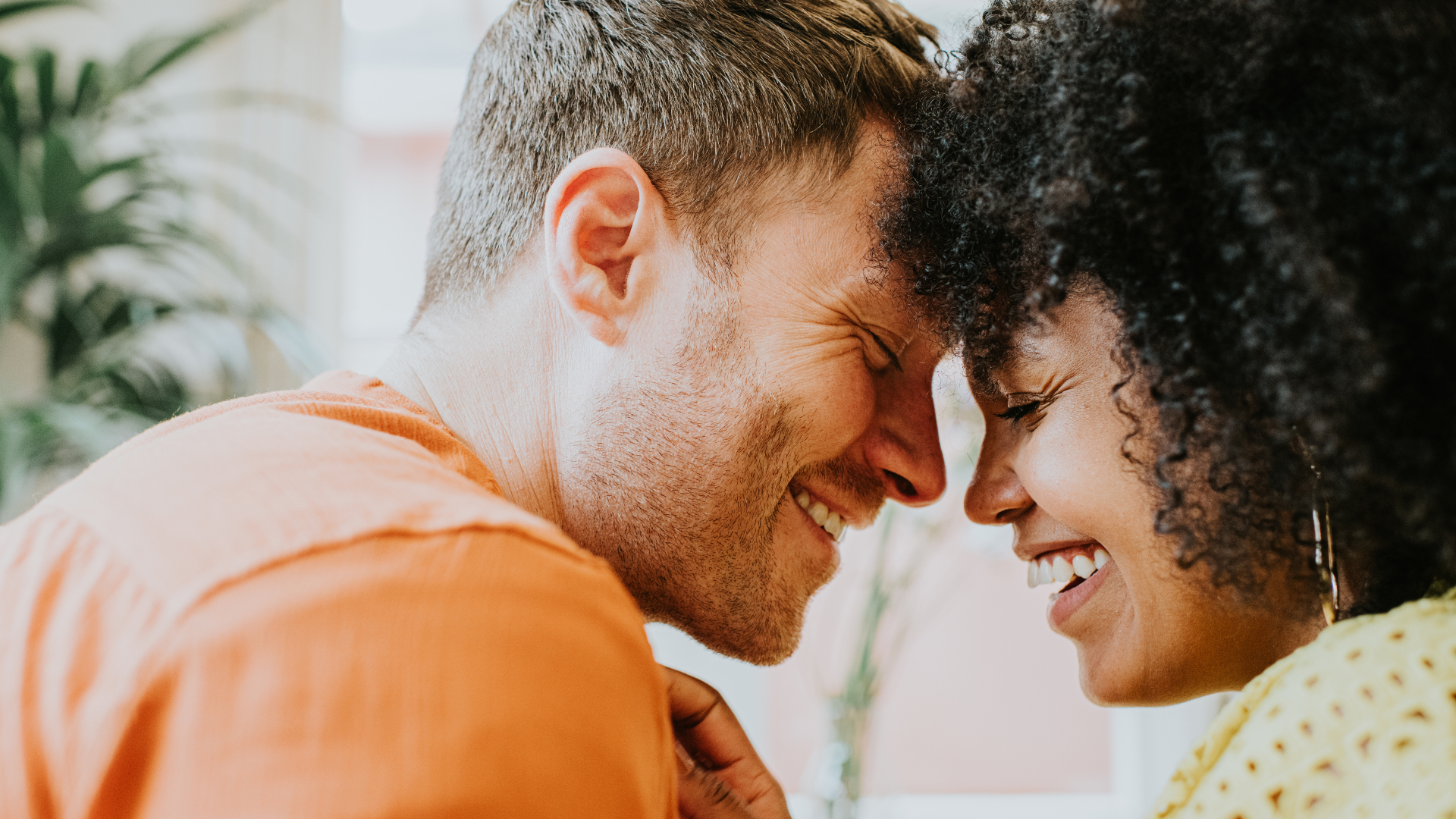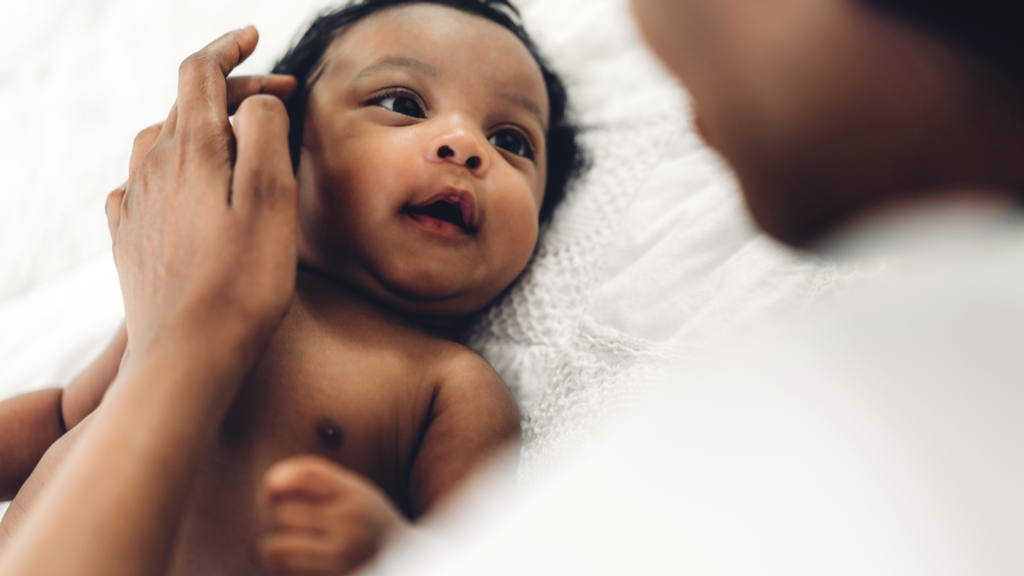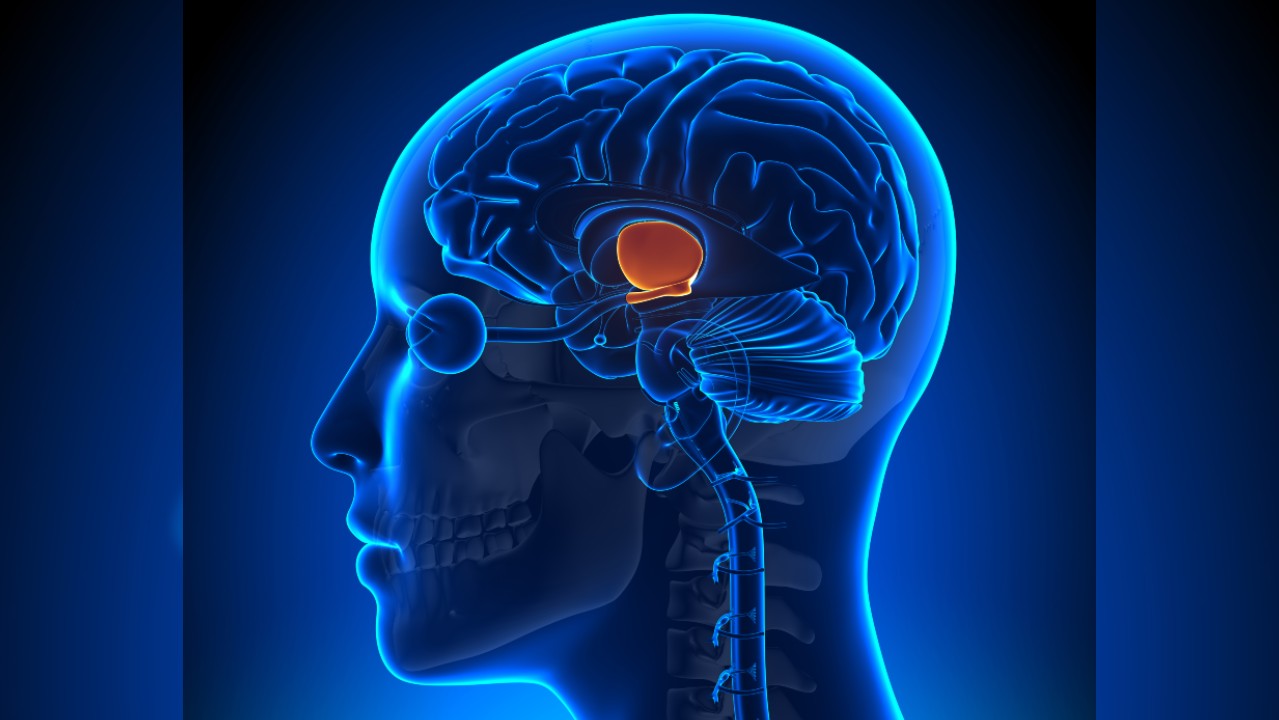What does love do to your brain?
Love stimulates the release of hormones such as oxytocin in certain brain regions.

Falling in love may hit your heart, but what does it do to your brain?
It turns out that falling in love corresponds with the release of key brain chemicals from certain regions of the brain, Dr. Gül Dölen, an associate professor of neuroscience at the Johns Hopkins University School of Medicine in Baltimore, told Live Science.
One of these brain regions is the hypothalamus. This almond-size, multi-functional region deep within the brain releases the hormone oxytocin, or what Dölen calls "the love chemical." Oxytocin is a special hormone that promotes bonding. It is released during childbirth, breastfeeding, orgasm and cuddling by cells in the hypothalamus to the pituitary gland, where it is stored for later use.
Types of love
"The first thing we should clarify is what we mean by love," Dölen said. "We have one word in English. The Greeks had six words for different kinds of love," from sexual passion to friendship to a deep love of humanity.
Similarly, not all love looks the same in the brain and different types of love, such as romantic love, parental bonding or pal-to-pal affection, come in different strengths.
Though all these feelings involve the same brain chemical to some extent, they don't all stem from the same neurons, or nerve cells in the brain.
Dölen and her colleagues discovered that romantic love comes from magnocellular, or larger, neurons, in the hypothalamus while other forms of love, such as affection for your posse, comes from parvocellular, or smaller, neurons.
Sign up for the Live Science daily newsletter now
Get the world’s most fascinating discoveries delivered straight to your inbox.
And their research, reported in Neuron Journal, revealed another reason that romantic love overwhelms your senses.
"Not just size matters," Dölen said. Falling in love releases 60,000 to 85,000 molecules of oxytocin in magnocellular neurons. This is significantly more than in the smaller neurons, which release 7,000 to 10,000 molecules.
Related: 12 scientifically proven signs you're in love

Once released, the romantic love and bonding love oxytocin molecules act differently.
When oxytocin leaves the magnocellular neurons (the romantic love oxytocin cells), it enters the bloodstream and the circulating cerebrospinal fluid, which bathes the brain, Dölen said. Wherever it encounters cells that have oxytocin receptors—adrenal glands, uterus, breasts, and brain—it binds and activates those receptors. The receptor response varies by organ, but includes lactation, suppression of the stress response, and feelings of love, including attachment and euphoria.
"Big love floods the entire brain. That's why everything is roses — and you don't notice he fails to put the toilet seat down," Dölen said.
In contrast, "Your brain releases a much smaller amount of oxytocin from the smaller neurons because you need to judge whether your posse will have your back."
When oxytocin leaves the parvocellular neurons (the platonic love oxytocin cells), it only gets delivered to specific synapses in the brain and does not bathe the brain or enter the bloodstream, she said.
Mouse studies

One limitation to the research is that most subjects in love studies have been rodents rather than humans, looking at behaviors such as grooming or pair-bonding.
Brain scans, such as functional MRI, on humans can track how much blood is flowing in specific regions of the brain. But "they don't separate specific love-linked neurons from other neurons deep in the hypothalamus," she said.
By using genetically engineered mice in which specific neurons glow when activated, researchers can study how love affects a working brain. "We can inject fluorescence so the neurons that ignite love literally light up," she said.
Focused attention
Sandra J. E. Langeslag, an associate professor of psychological sciences at University of Missouri-St. Louis, has studied how love alters your brain in real-time.
She and other neuroscientists performed brain scans and found that parts of the brain get more oxygen — a proxy for blood flow and brain activity — when people see photos of their beloved, versus acquaintances, Langeslag told Live Science.
Langeslag also used an electroencephalogram (EEG) to measure brain activity while subjects were shown such photos.
The tests revealed that people’s brains lit up far more when seeing images of their partner. "We've determined that people pay better attention to their beloved than a beautiful stranger or their friends."
Michele Meyer is a freelance journalist who writes profiles and articles on health, science, design and art for 12 hospitals in five states, Adobe.com, Mastercard, MSPC Agency, Association of National Advertisers, American College of Obstetricians and Gynecologists, City University of New York and magazines including GQ, W, Florida Design, Engineering Inc., Pharmaceutical Executive and Men’s Health. As a journalist she’s dodged bullets, covered earthquakes and Paris fashion collections and interviewed murderers, presidents and gang members — all to serve readers. This year her work contributed to Content Marketing Awards’ Best Print Publication and MarCom Awards’ Best New Industry Magazine.










